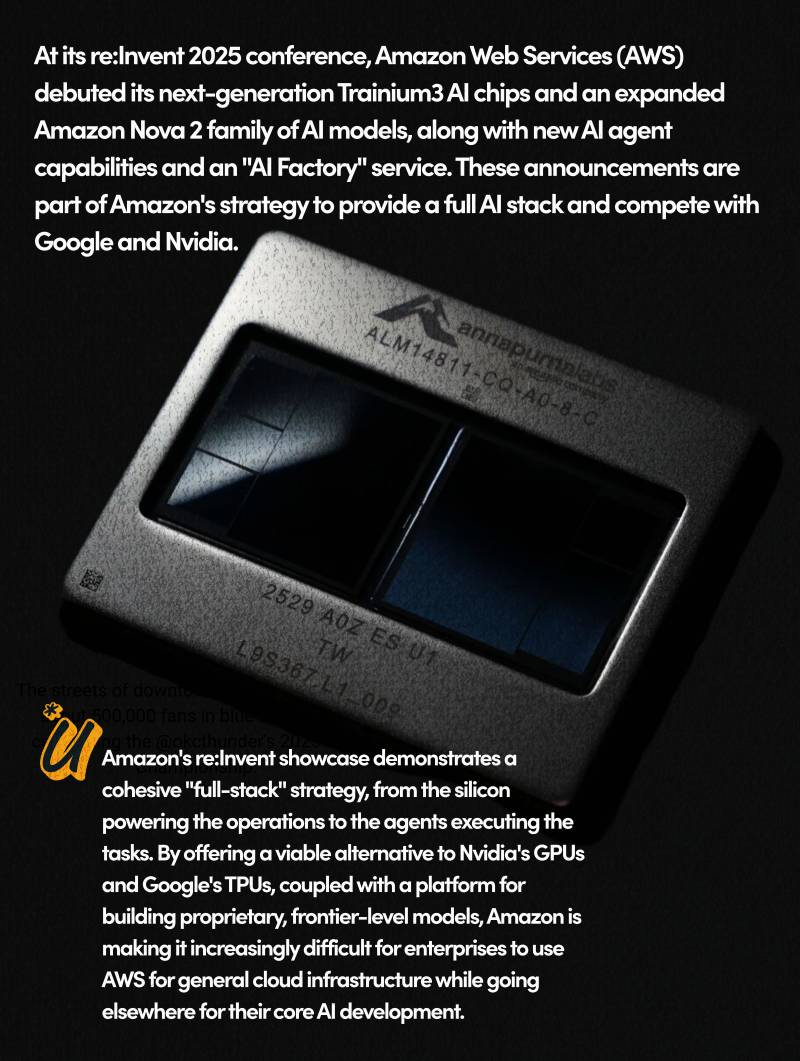It's nearly 2022 and we have phones that survive water damage, folding digital screens and so much more. Yet, rubber tires filled with air remain the go-to way to help a car roll around. That's the way it's been for decades but it's going to change soon. When 2024 rolls around, we may finally see a revolution in tire technology, thanks to airless tires.
Michelin is one of several tiremakers that have been developing airless tires but they seemed as unlikely to become a reality as GM's early vision of self-driving cars. Now, however, the two companies are putting a pin in the calendar to have airless tires on the market by 2024.
By signing up, you agree to our Terms of Use and acknowledge the data practices in our Privacy Policy. You may unsubscribe at any time.
The first thing you notice about the airless Michelin Uptis, or Unique Puncture-proof Tire System tires is that you can see through them. Glass-fiber reinforced plastic vanes support the tread rather than air pressure.
Michelin Uptis tire
These airless tires rely on flexible plastic vanes to achieve their compliance with varying road surfaces and driving dynamics.
Michelin
From there, the benefits tumble forth: Nails become minor annoyances and sidewall cuts that usually render a tire unrepairable are no longer possible. There would be no need to check tire inflation (you've probably ignored my admonitions to do that anyway) and we'd say goodbye to spare tires, jacks and inflation kits that most drivers view as mysterious objects anyway. Blowouts that cause thousands of crashes a year would be impossible.
Uptis tire and nails
Big deal. Nails in an airless tire are virtually meaningless.
Michelin
Uptis tires also have a green angle: The promise to scrap 200 million fewer tires worldwide each year by eliminating sidewall cuts and accelerated wear due to improper inflation. This environmental benefit will accrue regardless of which companies crack the code for airless tires.
Aspects I'll watch on the road to the airless tire include:
What will these weigh? The increasingly electric car world is lardy enough already.
How do they drive? Driving purists will rend their vestments as they did over automatic transmissions and electric power steering, but the rest of us are open to better ride quality.
Are they quiet? Tire contact is the main cause of noise that emanates from freeways and inspires all those ugly sound walls.
Will these be fully compatible with today's wheels or best suited to new ones designed for Uptis ?
Can existing auto safety systems like ABS and stability control work properly with Uptis tires?
How well will they shed snow, especially if it packs into the vanes and becomes ice?
What will they cost?
Airless tires will be an overdue leap forward. Today's pneumatic ones date back as far as combustion engine cars, and we know which way those are going.
SOURCE : Cnet




